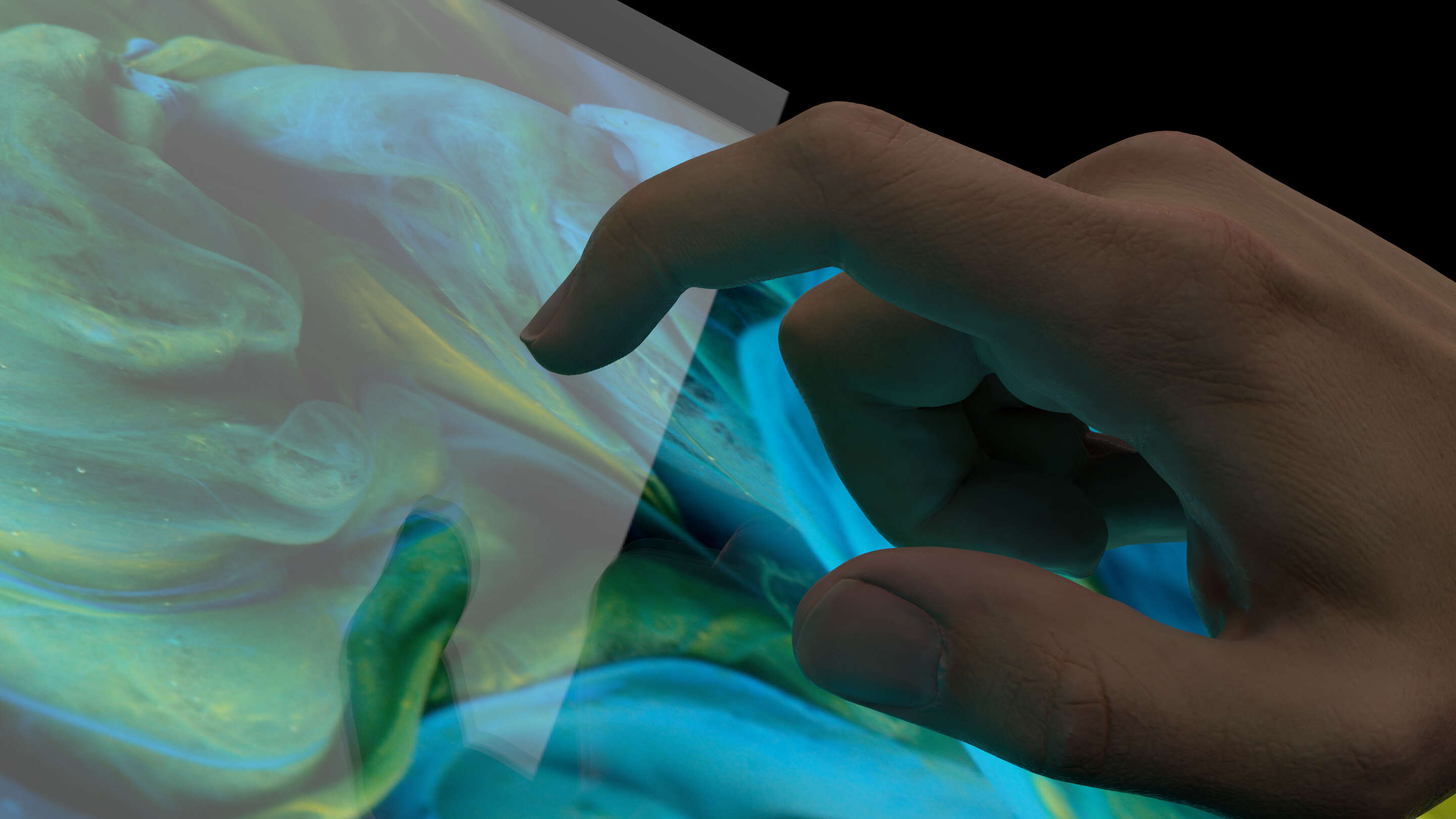
The inputs to be made are often very complex, must be error-free and the input must be unambiguous without the user having to tap the touchscreen several times. This requires a well thought-out positioning of the controls, a touch technology that works flawlessly in different environments (temperature, humidity, lighting conditions, electrical interference fields, etc.) and conditions (e.g. strong vibration).
User interfaces in medicine
The task of developing intuitive user interfaces for medical devices is extended by the requirement to develop user interfaces in such a way that the touchscreens can also be operated easily and error-free by medical laymen. The background to this requirement is the fact that more and more medical devices are no longer only used in hospitals, but are operated by the patients themselves in their home environments.
The more complex a medical device is and the more functions it offers, the more indispensable it is to use the user interface in a user-friendly and efficient manner. Our interface designers examine user behavior, test and optimize application-specific user interfaces in order to detect malfunctions in operation and to make the interactions appealing and efficient for the user.
In many devices used in medical technology, too little emphasis is placed on the development of intuitive and intelligent user interfaces. This is surprising, because in hardly any other application is it of such great importance that the user can call up information quickly and clearly recognize it on the display and make entries without errors even in stressful situations.